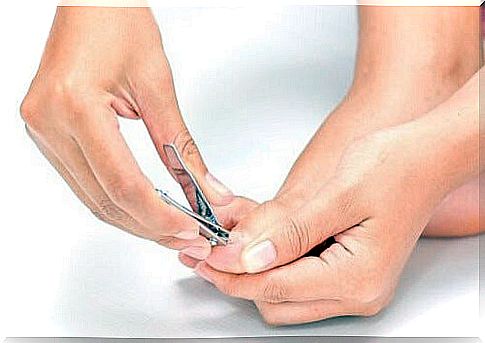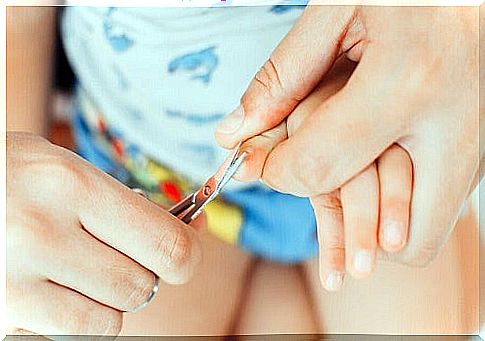How To Cure Ingrown Toenails?

The problem of ingrown toenails can arise for a number of different reasons. For example, if you cut them too short, due to a hereditary condition or even the use of shoes that are too tight. Furthermore, it is not certain that they occur only in the feet: sometimes you can also have ingrown toenails on the hands.
If you are familiar with the problem and don’t know how to fix it or nothing like this has ever happened to you but you want to prevent it, don’t miss this article. Below we will tell you everything you need to know about ingrown toenails: symptoms, causes and treatments.
How do ingrown toenails come about?
When a nail grows curved and penetrates the adjacent skin of the finger, causing inflammation, then we are talking about ingrown toenails . This condition should be treated right away, as soon as it is recognized. But, in any case, you shouldn’t worry too much: the problem can be treated and solved without too many complications, as you will see.
This is possible if the ingrown toenail shows no signs of infection and no swelling, heat to the touch, excessive bleeding, or bad odor. Infection occurs when the nail penetrates deep into the skin, ensuring permanent access to germs.

In a normal situation, you may decide to let the nail grow. It is also a good idea to soak your feet in warm salt water, then dry them well with a clean towel and apply an antiseptic solution.
However, if you are unsure whether you can tackle ingrown toenail treatment on your own at home, you can certainly go to a podiatrist. This specialist will perform the correct procedure, using a local anesthetic. He will take care of cutting or removing the infected nail with a minor surgical procedure.
How to cure ingrown toenails?
Soften the skin, without affecting
Once you have discovered that you have ingrown toenails, you will need to act quickly. Absolutely avoid cutting and digging into the skin to try to remove the ingrown toenail. This could further damage the skin and increase the risk of injury. Instead, just soak the area in warm soapy water to soften the skin.
The purpose of making ingrown toenails softer is that you can then get rid of the infection more easily. The greatest danger, in fact, is that the nail becomes infected: this is why baths in water and salt are recommended. Also to reduce pain and inflammation. It is advisable to soak your hand or foot 3 or 4 times a day if you deem it appropriate.
Once done, you can put a clean bandage on your finger: it will act as a barrier against bacteria. Keep in mind that you should cut the nail as straight as possible when it protrudes again. A bad cut is in fact the most common cause of ingrown toenails, as we will see below.
Sit comfortably on the edge of the bathtub and wash the affected area, using an antibacterial soap. In case the ingrown toenail is infected, it is important to perform surgery to remove the edge of the nail adjacent to the skin. It will be the podiatrist who will perform this operation, first anesthetizing the finger and prescribing to the patient, then, a treatment that will include the intake of antibiotics.
How to avoid ingrown toenails?
Trim your nails properly
Properly trimming your fingernails is essential to prevent ingrowning . Using a nail clipper or professional nail clipper, trim the ingrown toenails in a straight line, so that the corner of the nail remains uncovered. If you cut the nail too short, you will inevitably push the corners to stick into the skin.

Wear comfortable shoes
We recommend that you do not wear shoes or socks that are too tight, as this is also a major cause of ingrown toenails. In this sense, to prevent this problem from developing or worsening, it is advisable to use more space at the base of the finger. Choosing the right shoes should be made by choosing the model that allows you to easily move your toes, inside.
Finally, be careful not to underestimate an infected ingrown toenail, as the infection can spread and cause even very serious complications.









